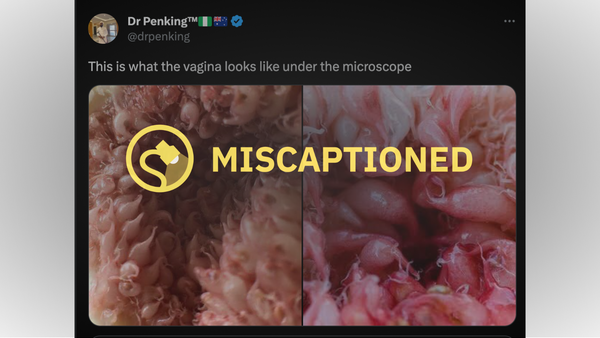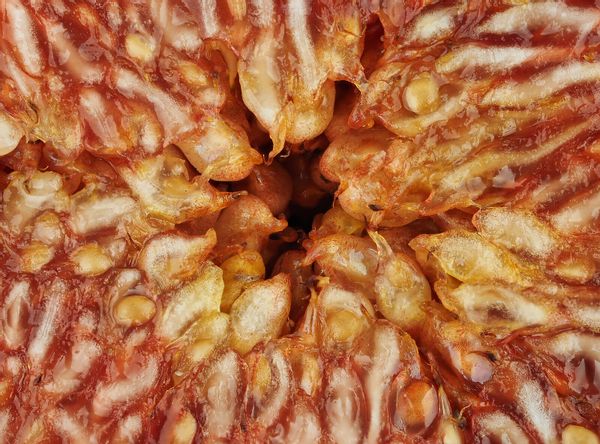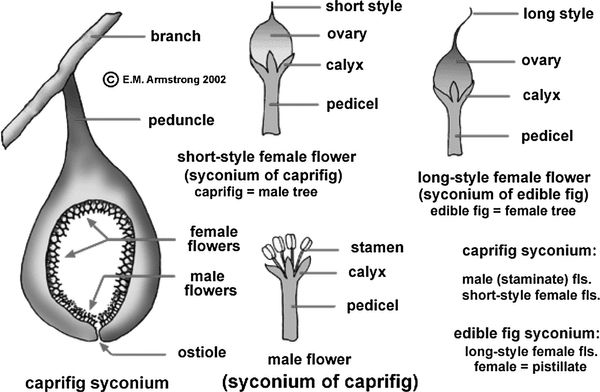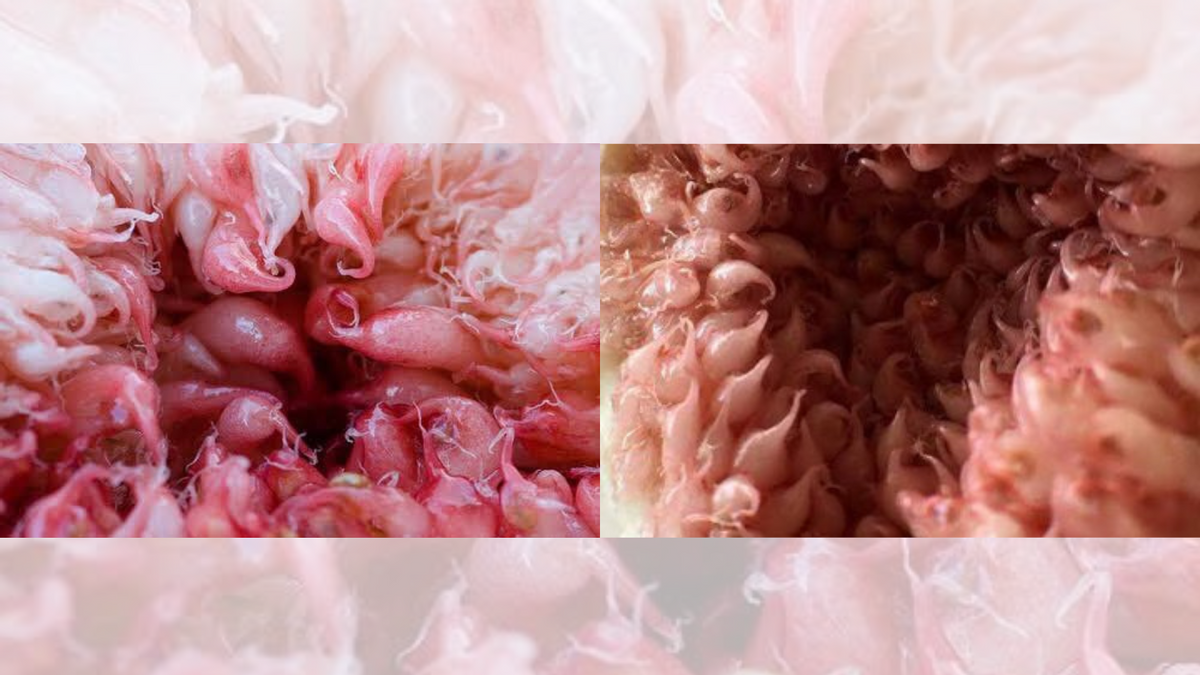While the photos appeared to be authentic (that is, they did not seem to be digitally edited), they did not depict a vagina. In reality, they showed the inside of a fig.
The human vagina is many things: a muscular canal, a passageway for childbirth, and an important component of sexual reproduction. A vagina is not, however, featured in the post below:

(X user @drpenking)
The photo above was published on X (formerly Twitter) in April 2023 and falsely claimed to show the "vagina under a microscope." The same, or similar, photos have circulated on other sites, including Reddit, with the false caption, as well.
While the photos appeared to be authentic (that is, they did not seem to be digitally edited), they did not depict any part of the human body, much less a vagina. In reality, they depicted none other than the inside of a fig, based on a reverse-image search and an interview with a professor of plant sciences. For that reason, we rated this claim Miscaptioned.
The Pictures Show the Unique Anatomy of Figs
Our newsroom sent the photographs to fig expert Louise Ferguson, a professor at the UC Davis Department of Plant Sciences. Ferguson confirmed that the photos in question showed "the inside of an edible fig."
A reverse image search using TinEye returned images similar to the two featured in the X post. Some of them included descriptions that identified the images as close-up looks into the inside of figs.
Snopes also searched through image-hosting sites, including Getty Images, Shutterstock, and Alamy, and found similar results. For example, our newsroom found the below-displayed photograph on Wikimedia Commons, a public domain image-hosting database, that was described as a close-up of a "cut fig."

Why do the photos look the way they do? Figs are not fruits but rather inflorescences, which the Ecological Society of America (ESA) defined as "a cluster of many flowers and seeds contained inside a bulbous stem."
"Because of this unusual arrangement, the seeds — technically the ovaries of the fig — require a specialized pollinator that is adapted to navigate within these confined quarters," wrote the organization.
The photos show those internal structures. Writing in a 2013 issue of the Annals of Botany, researchers noted that inflorescences — which not only include figs but also pineapple and jackfruit — are "complex structures with many functions" that resemble flowers in that they allow for the transfer of pollen and facilitate plant reproduction. The researchers said of inflorescences:
During flower and fruit development they provide nutrients to the developing flowers and fruits. At fruit maturity they support the fruits prior to dispersal, and facilitate effective fruit and seed dispersal. From a structural point of view, inflorescences have played important roles in systematic and phylogenetic studies. As functional units they facilitate reproduction, and are largely shaped by natural selection.
Figs are believed to be endemic to the Mediterranean region and records indicate they have been cultivated by humans for more than 6,000 years. The scientific journal HortScience described the deciduous and fast-growing plants like this:
The fig "fruit" is a composite formed of a hollow shell of receptacle tissue enclosing hundreds of individual pedicellate drupelets that develop from the individual female flowers lining the receptacle wall, with a small scale-lined opening (called the ostiole or eye) at the distal end. The tiny flowers and even the initial prosyconium are so small that figs were once considered to bear fruit without ever forming flowers. This composite fruit is called a "syconium." The mature fruit of the edible fig has a somewhat tough skin, a whitish interior rind, and a sweet, gelatinous pulp comprised of the individual ripe drupelets. The seeds within the drupelets range from virtually nonexistent to subtly crunchy.
Below is a look at the morphology of most figs:

Floral morphology in caprifigs and edible figs. (HortScience)
